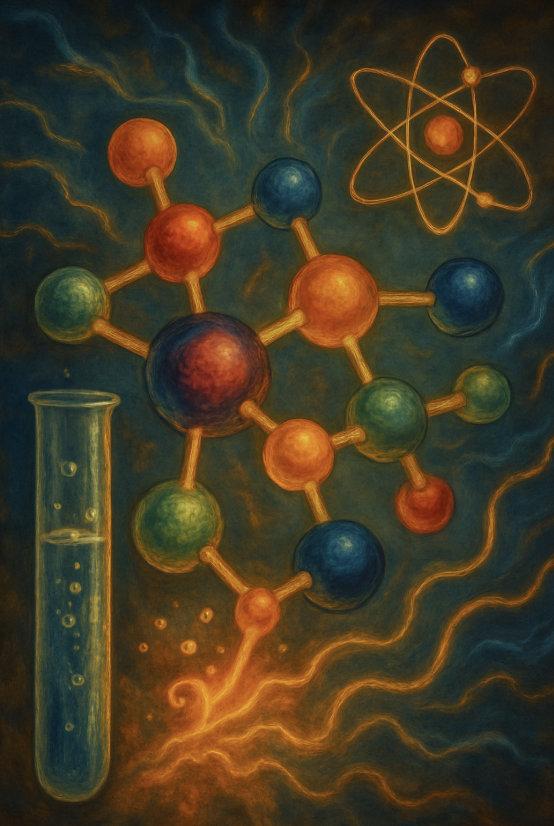Click chemistry is a revolutionary concept in modern chemistry, making it easier to create complex molecules and materials with high accuracy. "Click chemistry" is a molecular approach that relies on a limited set of highly robust and efficient reactions to synthesize complex molecules. The reactions used in click chemistry should have a full thermodynamic driving force, be highly selective for a single product, and generate inoffensive by-products that can be removed by non-chromatographic methods.
The 1,3- Dipolar Cycloaddition reaction between azides and alkynes is the most common reaction used in click chemistry. However, this reaction had several challenges, including common reaction regio-selectivity when terminal alkynes were used. To avoid this issue, internal alkynes were generally substituted at both ends. Azides are often utilized in click chemistry due to their reactivity and stability, but they must be handled with care as they can be explosive in nature.
Overall, click chemistry has significantly impacted chemistry and has helped benefit humankind by allowing the creation of complex molecules and materials more efficiently. Technology has enabled us to make almost any structure we can imagine, which has led to intense activity in various disciplines across the field of chemistry and adjacent areas.
